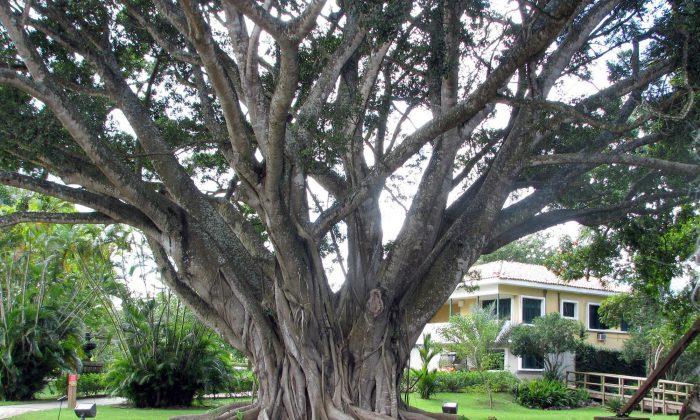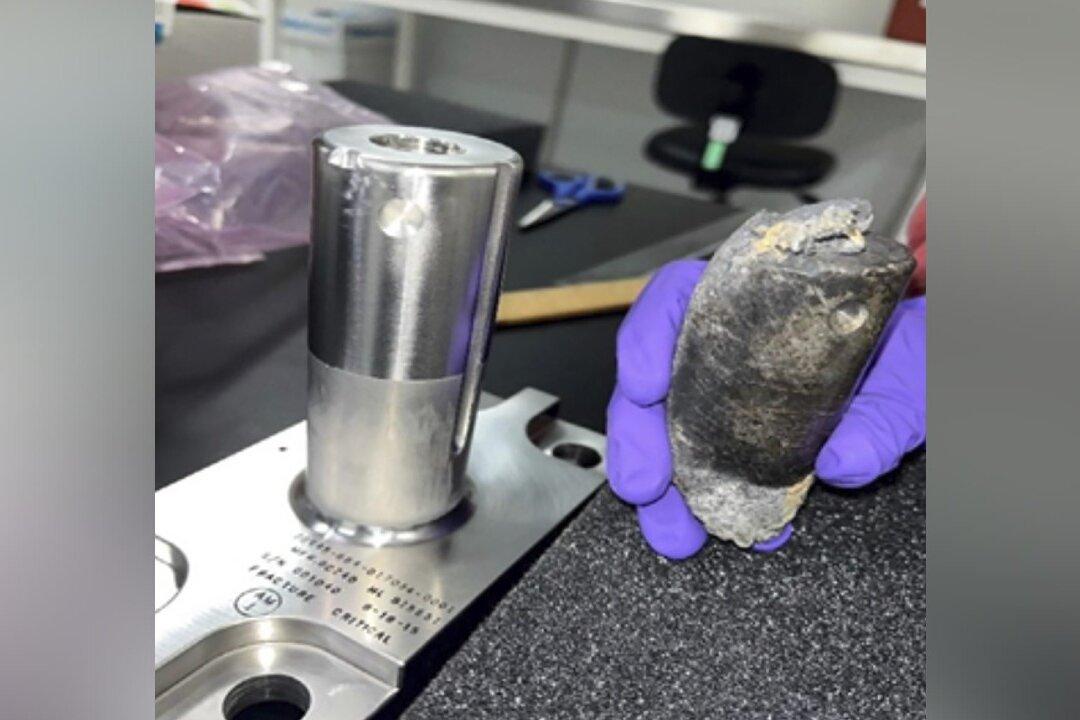A winter trip to the “Isle of Enchantment,” Puerto Rico, left me feeling sorry for many of my houseplants back home.
The effects of steam-bath conditions there were dramatic. Crown-of-thorn plants billowed out into full-bodied shrubs, lush with leaves throughout. Philodendrons clambered high into trees, embracing and completely hiding the trunks.
What a contrast dracaenas in the tropics make with “houseplant” dracaenas. Up north (I’m in New York state), dracaenas are reduced to little more than a few bare stems capped by tufts of leaves. The dracaenas that greeted me from planter boxes bordering an outdoor cafe in San Juan were heavily branched specimens clothed with leaves all along their stems.
In Puerto Rico, weeping figs soared to majestic proportions, humidity coaxing threadlike, aerial roots to drip from the branches and take root in the ground. Except for where these roots were cut away to allow passage beneath the limbs, they fused to become part of rippling gray trunks.
And talk about contrasts: My own weeping fig “tree” is 7 inches tall, a majestic tree in miniature, a bonsai.
Back to Northern Reality
Two weeks back north returned me to my temperate-climate sensibilities. Yes, we do need our weeping figs and dracaenas up here. Even if they don’t strut their stuff with the splendor that they do in the tropics, their greenery is most welcome.
This begins with the right potting soil; a mix that’s too dense is going to stay waterlogged all the time, while a mix with too much extra perlite or sand is going to dry out too quickly.
Don’t just dig up garden soil to use straight-up for growing houseplants. Purchase or make your own potting mix. A good homemade mix might have equal parts garden soil, perlite, compost, and peat moss or coir.
Once you have the right potting soil, water not according to a schedule but according to when your plants are thirsty. This time of year, with increasing sunlight stirring plants into increased activity, water more frequently. Poke your finger in the soil, check the weight of pots, and look at plants to gauge when water is needed. An inexpensive soil moisture meter whose metal probe you push down into the potting soil is another way to know whether or not watering is needed.
You might also want to add some fertilizer to the water, because plants become hungrier this time of year.
Tropical plants are more at home and happier in springtime because there’s more moisture in the air than during the winter. Turning down the thermostat increases the relative humidity, as does putting pebbles—and keeping them wet—in the saucers beneath the flowerpots. Water should not come up above the bottom of the pot, but just cover the pebbles, replenished as needed. Clustering plants together creates an oasis that looks tropical and envelops leaves in a cloud of humidity of their own making.
What tropical houseplants love best, though, is a summer vacation. Once warm weather settles in reliably, move them outdoors. Although it’s hard to appreciate on cool gray days of early spring, summers throughout most of the country vie with the tropics for heat and humidity.






Friends Read Free